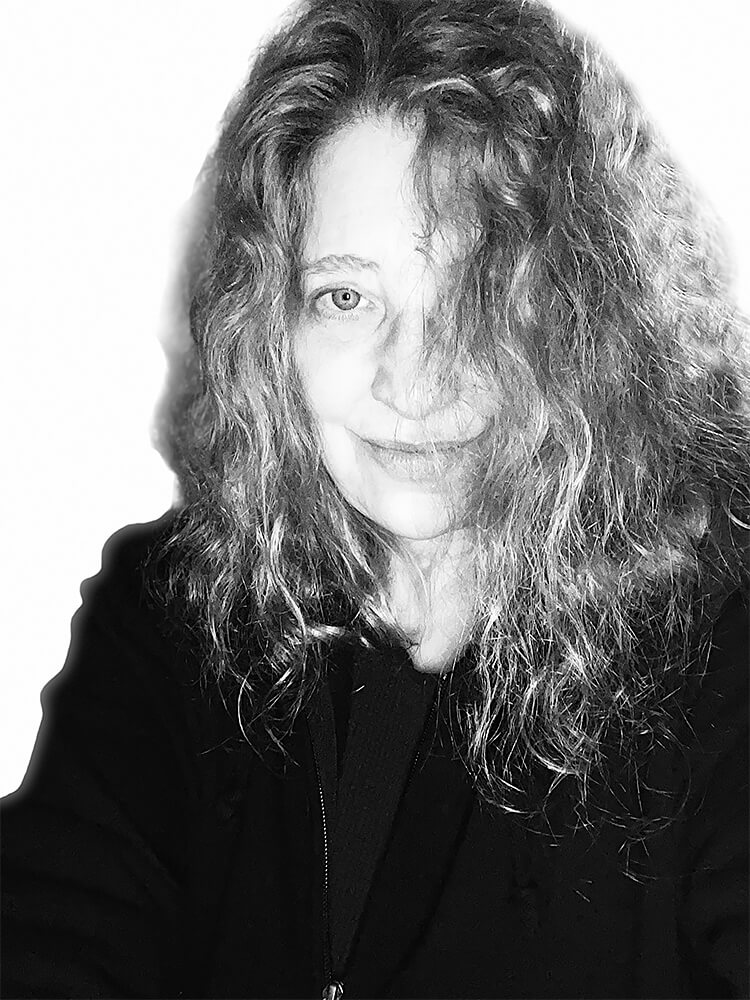Award-winning artist Amy Heller, originally from Washington, DC, lives year-round on Cape Cod in Massachusetts with her husband.
Amy earned her B.A. in fine art at Hampshire College in Amherst, MA, and her M.F.A. in photography at George Washington University (GWU) in Washington, DC. She has been an exhibit specialist for Smithsonian Museums and National Gallery of Art, and a photo editor/researcher/curator for U.S. News & World Report, National Geographic, Microsoft, and the Newseum.
Her work has been exhibited and collected internationally and this includes: Provincetown Art Association and Museum, Cape Cod Museum of Art, Dimock Gallery at GWU, and many private collections.
Statements:
Here are statements for three of my portfolios of my lens-based, mixed-media artwork. In every instance I am always experimenting, playing, stretching the boundaries of the medium, and sometimes breaking the rules. Happy accidents occur along the way and I embrace the journey as much as the outcome.
Time/Motion Study Multiples
I have always loved dance and movement. As a child I was constantly in motion, dancing to the Beatles or pretending to be a ballerina. Even when seemingly at rest I "moved." I would lie on the living room couch, staring up at the cathedral ceiling, dreaming of the world upside-down. As an adult, I still have a fascination with motion and time: I am a child at heart, evidenced by my large collection of wind-up toys.
I fell in love with the late 19th century human locomotion photographic experiments of Etienne-Jules Marey, Eadweard Muybridge, and others and started experimenting with the moving film stroboscopy technique of shooting motion. After many "happy accidents" I came up with my own version of Time/Motion studies, using the nude figure as a subject as well as a foil.
I love the implied motion, the stopping of time, and the liminal spaces with abstract patterns created by photographic alchemy. I have examined the idea of motion and reality and seeing the unseen: what exists and yet cannot be perceived by the naked eye. Through the use of multiple imagery, the photographs reveal images that display surreal, dreamlike themes and moods, explore time, and produce on a flat surface, multi-dimensional creations in time and space. There are virtually limitless visual possibilities inherent in these techniques.
My new series of reimagined Time/Motion Study Multiples combines the old (analog) with the new (digital) spanning three centuries of photographic exploration. The first time I shot the photos with black and white film and printed panoramic images. Now the second time around I am collaging and layering those earlier analog images in the digital world, creating new works of art. I am always experimenting with different ways of making art, and feel like I'm an artist in search of a medium that hasn't been invented yet. Maybe I will invent it?!
Cyanotype on Fabric Mannequin Sculptures + Egg Sculptures
I have been making cyanotypes for many years and have always loved the idea of mixing this 19th century process with 21st century digital technology and printing on non-traditional/unexpected surfaces such as fabric (cotton, dyed cotton, silk, velvet, etc.).
"Still Lives" began as a series of figurative cyanotype photographs on fabric of classical sculpture from museums and art spaces. The sculptures are frozen in time/static, literally "still lives," revealing little else but their forms. The blue of the cyanotype adds to their "cold" stillness.
"Still Lives" evolved into a series of three-dimensional, collaged mannequin sculptures, using the figure as a subject as well as a foil. The figures are collaged with cyanotype photographs of miscellaneous objects, and along with the collaged cyanotypes, the mannequins are veritable pin cushions stuck with decorative pins, acupuncture needles, wrapped with rope, etc. They are more narrative, exposed, and cerebral in nature and explore subjects such as astronomy, self-portrait, psychological themes, etc. The mannequins "wear" their stories on the surface, inviting the viewer to experience their own interpretation.
Sculptural "Still Lives" morphed into explorations of time, motion, and dreams, first using manual turntables and then motorized turntables. A veritable "back to the future" for me, re-examining earlier themes used in my time/motion studies and combining my love of motion and cyanotypes.
The cyanotype egg series is another exploration of my cyanotype sculptures. The eggs are collaged with cyanotype on fabric images of classical sculptures, everyday objects, etc. The egg form suggests renewal and rebirth, and at the same time is a simple, beautiful shape that is universal.
LED Mixed-Media Cyanotypes on Silk
Currently I have been making LED mixed-media cyanotypes on silk, exploring the theme of light as a metaphor for truth, revelation and understanding. The light reveals the multiple layers of collaged and sandwiched negatives, positives, and cyanotypes on silk, similar to an x-ray. The work is constantly evolving, and my creative process is somewhere between a stream of consciousness and a waking dream.
Earlier LED mixed-media cyanotypes were smaller, multi-themed pieces and these newer ones are much larger. I am experimenting with wet cyanotypes in my new series "Sea/Me" using aquatic subject matter including prehistoric looking sea creatures (squid, octopi, skates, jellyfish, etc.), seaweed, and algae.
Climate Change is something that is seen and felt firsthand on Cape Cod and is always on my mind. This series illuminates the flora and fauna and brings these often-hidden things to light. It is also a nod to Anna Atkins, and is inspired by fond childhood memories of beachcombing and swimming with my mother in Provincetown, Massachusetts.
